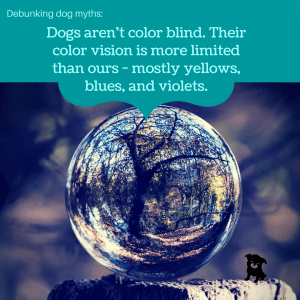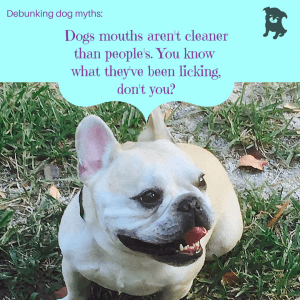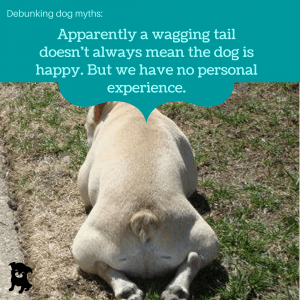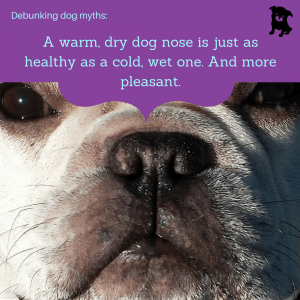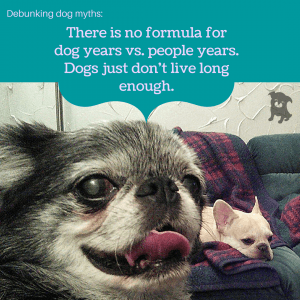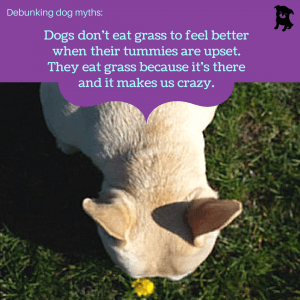Continuing to debunk these popular, wrong, notions about dogs
Dogs are colorblind
Well, sort of. Dogs see the world differently than most people. Their color perception is actually similar to people who have red/green color blindness, with most tones in yellows and blues. As much as you may like seeing your dog in a bright red collar, it doesn’t make any difference to your dog. And the reason she loves that bright yellow tennis ball? Because it’s probably the one she can see the best.
Dogs’ mouths are cleaner than people’s
All mouths have natural bacteria and “flora” populations. Dogs’ mouths are by no means “sterile” or germ-free. Which is not to say there’s any problem with a dog licking you – for healthy people and dogs, it’s no problem at all. The notion probably arose because anaerobic bacteria, which die in an oxygen-rich environment, aren’t generally present in dog’s mouths because they pant, exposing their entire mouths to air. It’s the old wives’ tale we heard back in the day.
You can’t teach an old dog new tricks

Dogs can learn new behaviors at any age – and most love learning new things (or the treats they get!)
Nonsense! Just like people, dogs are able to learn, adapt, and grow throughout their lives. Teaching your dog something new is a great way to shake everybody out of their ruts. It doesn’t have to be anything complicated – see how many tricks you and your dog can come up with using a box, or a step stool, or other household objects. Just remember to train in small increments (five or 10 minutes at a time), and never when you’re angry or frustrated. Training takes time and patience, but it’s fun for everybody to show off your dog’s new trick at the next family gathering.
A wagging tail means the dog is happy
We have no way of know this for sure – none of our dogs have tails! We’re told that a quickly-wagging tail does mean the dog is happy and in a playful mood, but a slower wag may mean the dog is nervous or unsure of the situation. We do know that the faster our cat’s tail was moving, the angrier he was. It was definitely a “no go” signal for our 18-lb. cat.









